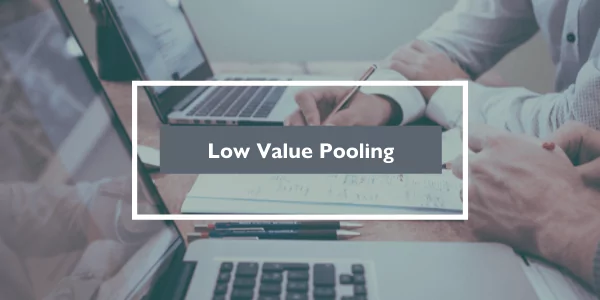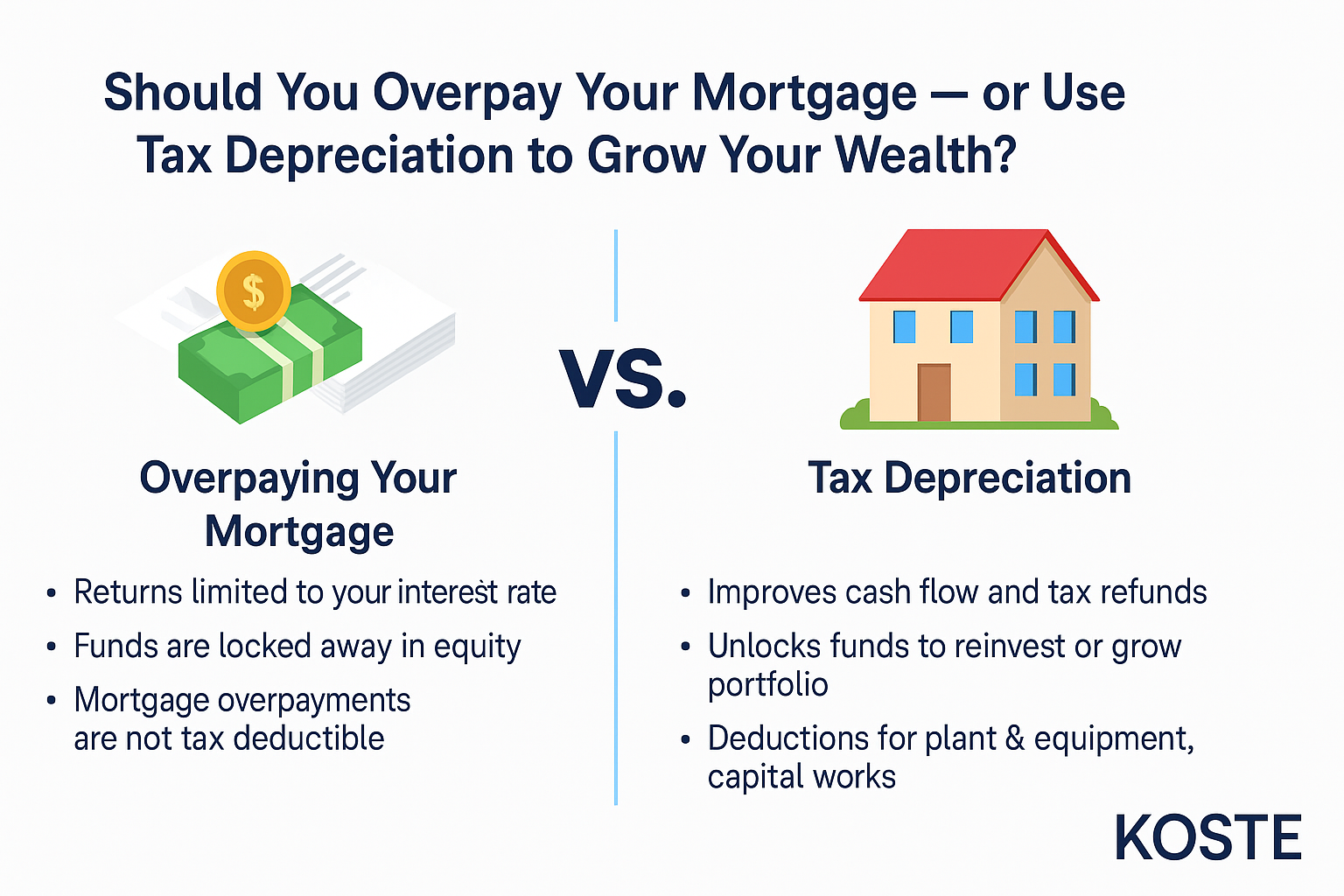
What is Low-Value Pooling?
Low-value pooling is a method of depreciating plant items at a higher rate to maximise deductions. Section 40E of the Income Tax Act of 1997, which contains information about both low-value and low-cost assets, has had the low-value pool provisions in place since July 1, 2000. I’m guessing most of you aren’t sure what I’m talking about, and that’s OK! To summarise, the Low Value Pool is a mechanism for depreciating assets at a faster rate, resulting in larger depreciation deductions and tax savings.
To go further, we divide low-value pool assets into two categories:
Low-cost assets and Low-value assets
Low-cost assets are those with a purchase price of less than $1,000 in the year of purchase. Many assets, such as a dishwasher worth $850 or a ceiling fan worth $320, will qualify for the low-value pool on a residential property. You depreciate these assets at 18.75 percent in the first year, averaged to negate the apportionment of the number of days in that year, and then at the full rate of 37.5 percent from year to year as a tax payer. When hiring a quantity Surveyor, you have the option of putting low-cost assets into the pool, but once in the pool, they must stay in the pool. Although
Koste always advises using low-value pool accelerated depreciation, it may not always be in the client’s best interests to do so if you want to write off assets removed from the pool because assets within the pool cannot be written off on demolition or destruction.
Low-value assets are those with write-down values (adjustable values) less than $1,000. Low-value assets are what they’re called. Our programme at Koste makes use of low-value pooling provisions and will automatically pool assets that meet the criteria. Remember that once an asset is placed in the low-value pool at the conclusion of the fiscal year and destroyed, it cannot be written off. When a low-value pool asset is sold, the proceeds lower the closing amount at the end of the year. If you’d like to learn more about low-value pools and whether or not you should use them, contact a member of our team or your accountant.

Maximise property tax depreciation
Get a Free Quote today
Koste are the leading providers of commercial Tax Depreciation reports. Whether you are a tenant completing a fit-out or landlord recently purchasing a property we can help.

